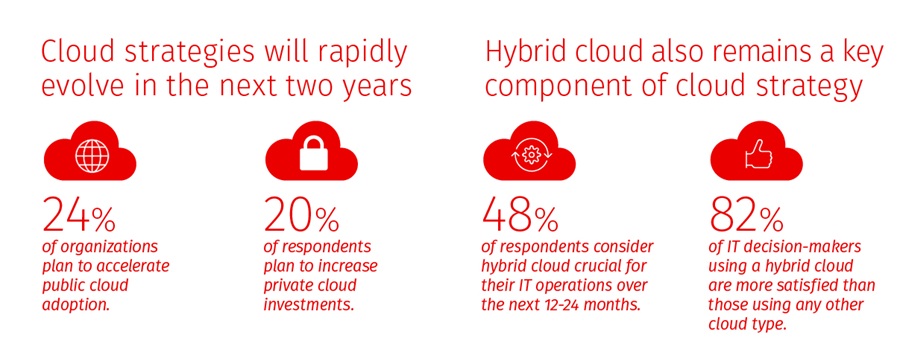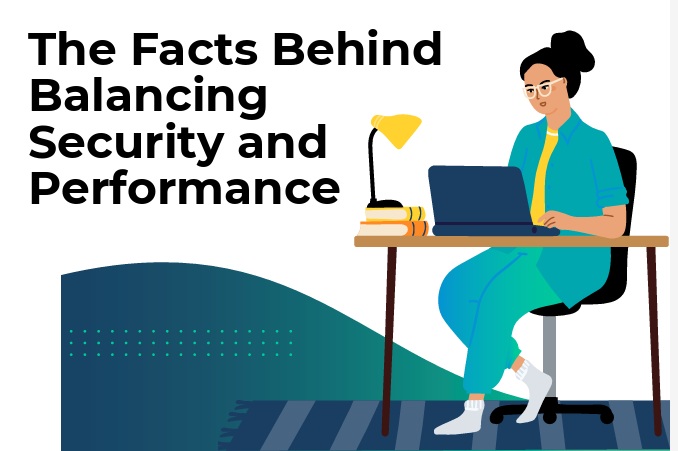Of the $800 billion that enterprises plan to invest in cloud this year, $100 billion will be wasted due to poorly planned migration. While large enterprises aim to migrate over 80% of their applications to the cloud, only a third will end up realizing their cloud ambitions.
Cloud migration — a seemingly straightforward endeavor of shifting workloads and applications from on-premises data centers to cloud infrastructure — is, in reality, a highly strategic decision that involves leadership sponsorship, business justifications for moving to the cloud, and a clear understanding of expected value. Lack of this alignment can be the reigning cause of cost and budget overruns and why almost half of the migration efforts underway today will fail in the next three years.
The most common cloud migration pitfalls today are:
Lack of strategy and planning
Considering cloud migration an IT-only initiative is why it gets derailed. Running this in silos results in a lack of alignment on the expected value of cloud migration, which reflects in poorly planned execution timelines, a wide margin of error in estimating cost, effort and skills, delegating responsibilities, managing change, and weak governance frameworks.
Future-proofing strategy: Cloud migration initiatives should be steered by a center of excellence (CoE) comprising senior leadership, lines of business owners, technology leads, and operations teams. This sets the right expectations on the value to be harnessed from the cloud, which acts as the north star defining subsequent goals, execution phases, cost, effort, and skill requirements.
For example, if the goal is to innovate instead of reducing the total cost of IT, the CoE can decide which applications to consider for migration based on the business relevance and if they need to be refactored or rearchitected. Grounding such decisions in business value expectations sets the agenda for downstream activities where cross-functional teams collaborate and commit to an execution plan with pre-defined milestones.
Erroneous ROI calculations and underestimating costs
Cloud promises to reduce the total cost of ownership with on-demand consumption. However, enterprises often encounter the cloud cost paradox, witnessing an exponential cost increase once they migrate. This is because they treat the cloud as another data center and tend to overlook hidden costs such as network charges, data transfer fees, licensing costs, downtime, and bubble costs.
Future-proofing strategy: When allocating cloud budgets, perform a comprehensive cost-benefit analysis for each application cohort, considering the expected business value. The CoE can help factor in hidden variables and review financial projections after each milestone. While approaching the cloud from a cost angle seems lucrative, it proves myopic in the long run. By prioritizing business innovation, enterprises can generate five times the value they derive from the cloud than they would by simply reducing IT spending.
Not prioritizing cybersecurity and data security
Enterprises transitioning to the cloud tend to treat security as an afterthought that can be bolted in and are blindsided when they realize the cloud service provider does not take on the role. Securing cyber assets in the cloud is a different ball game than in an on-premises data center. The cloud's shared environment opens new vulnerabilities and data-residency laws that lead to compliance overburden and security incidents. Even so, data in transit is highly prone to attacks. Enterprises need to build observability and auditing capabilities that ensure their applications and data are secure as they move beyond company-controlled data centers.
Future-proofing strategy: Migration plans should include a robust security framework to guide migration activities. The CoE can help enterprises assess the extent of sensitive data and compliance obligations as they plan migration. It can also advise IT and business teams to implement measures and protocols to ensure data remains secure while transitioning to and running in the cloud. These protocols must be stress-tested and revised periodically to defend against evolving threats proactively.
Overlooking data egress and management
The challenge lies in migrating data or applications from one cloud service provider to another or back to an on-premises data center. Caught in vendor lock-in, enterprises must navigate a complex mesh of service provider contracts and exit fees that actively disincentivize their move to a multi-cloud strategy. Moreover, due to its vast volume, moving data between environments needs an explicit focus on integrity, accessibility, and availability.
Future-proofing strategy: To ensure their move to the cloud does not prove restrictive in the future, enterprises should include a comprehensive data management strategy that evolves with work requirements without triggering data quality issues. They should also include a data governance framework that factors in disaster recovery, sovereignty, security, and compliance with applicable laws. A cloud transformation partner with ties with hyperscalers can help enterprises broker an appropriate fee and approach for a multi-cloud or exit strategy.
Skillset gap and inadequate training
Before migrating workloads to the cloud, enterprises must assess application dependencies to identify impact areas and minimize unplanned downtime. Once in the cloud, the applications must integrate with cloud-native features, which could change functionalities and require users to adjust. Most enterprises — having spent decades building on-premises architecture, processes, or teams — are not equipped with the skills or change management plans that create a capability debt. Currently, only 35% of the required cloud skills exist in-house, whereas for enterprises to fully tap into their cloud potential, this share has to increase to 50%.
Future-proofing strategy: To ensure their cloud strategies stay on track, enterprises must aggressively invest in training programs that enable their staff to work with cloud-hosted applications. They also need to foster a continuous learning and development culture that incentivizes users to adopt change and pivot to new ways of working enabled by the cloud.
Conclusion: Turning Complexity into Competitive Advantage
Despite challenges, the cloud remains a cornerstone for business innovation, especially with the AI barrage. Enterprises can maximize the value of their cloud investments through a mindset change — it is a new environment. It requires a relook at the existing application stack and the technology landscape, necessitating change management to address behaviors entrenched in the pre-cloud era.
The simplest way forward is to involve employees, leadership, technology and business teams, and operations (including finance) early. This sets the stage for open communication and a more streamlined way to set expectations and delegate responsibilities. It makes everyone a stakeholder in cloud migration initiatives and empowers them to collaborate, leading to better alignment.


